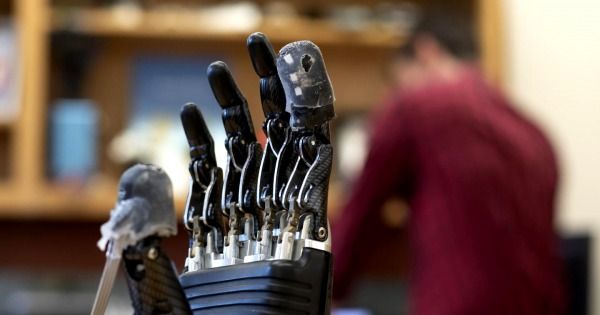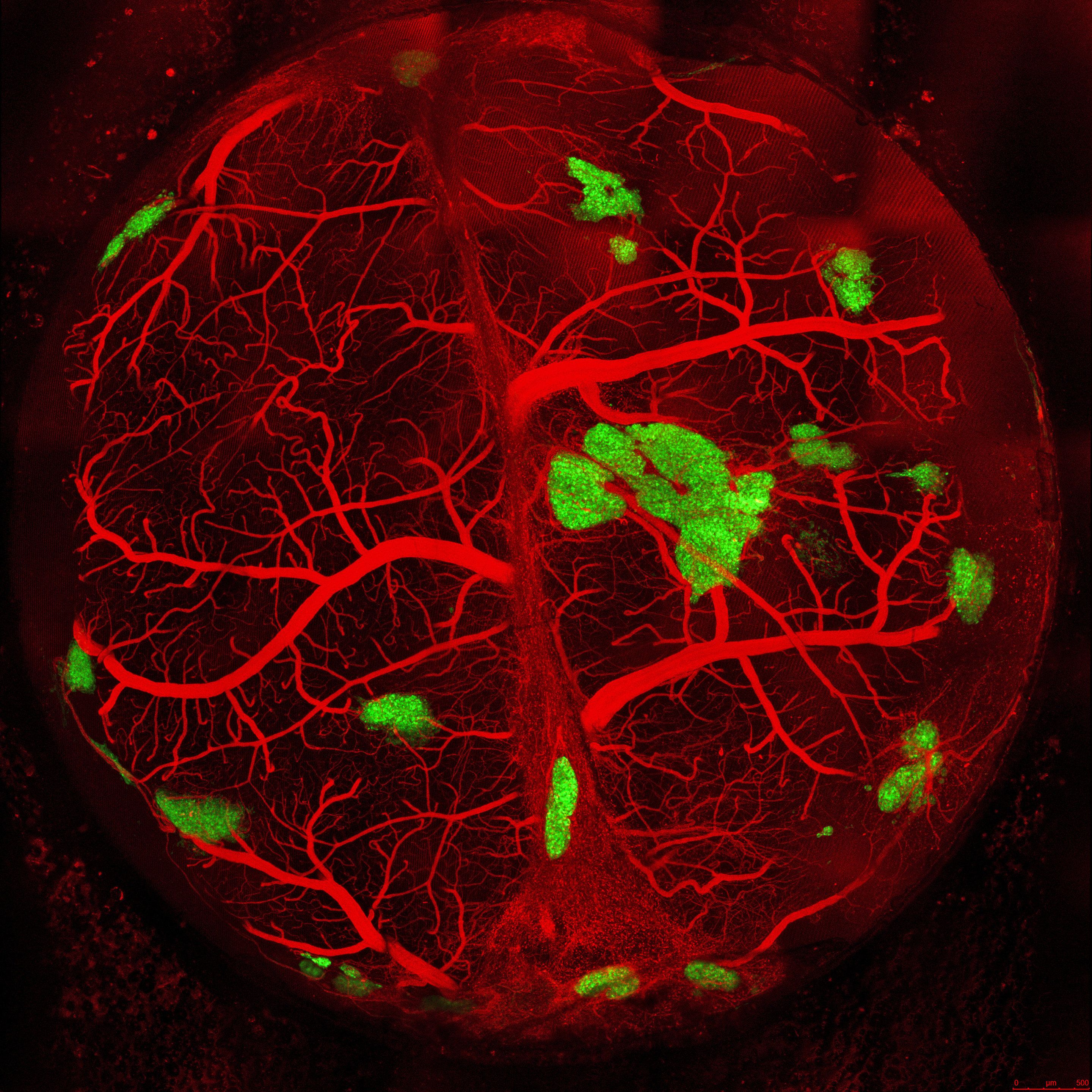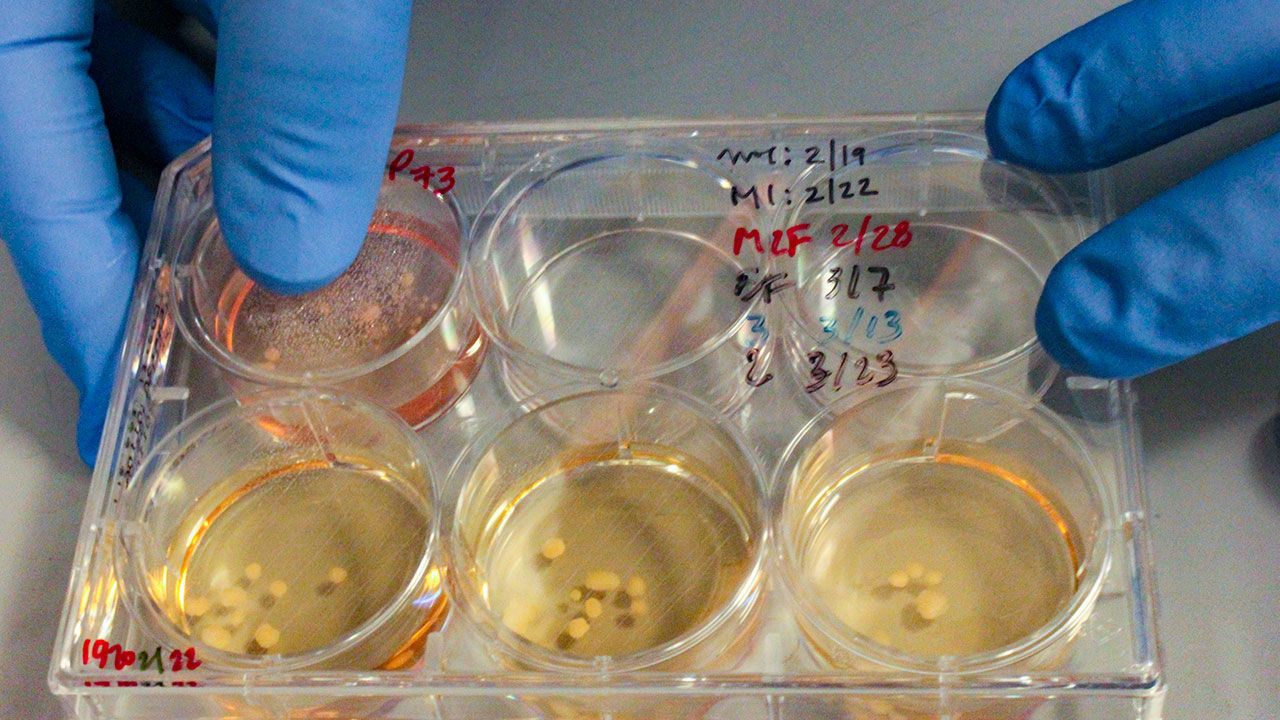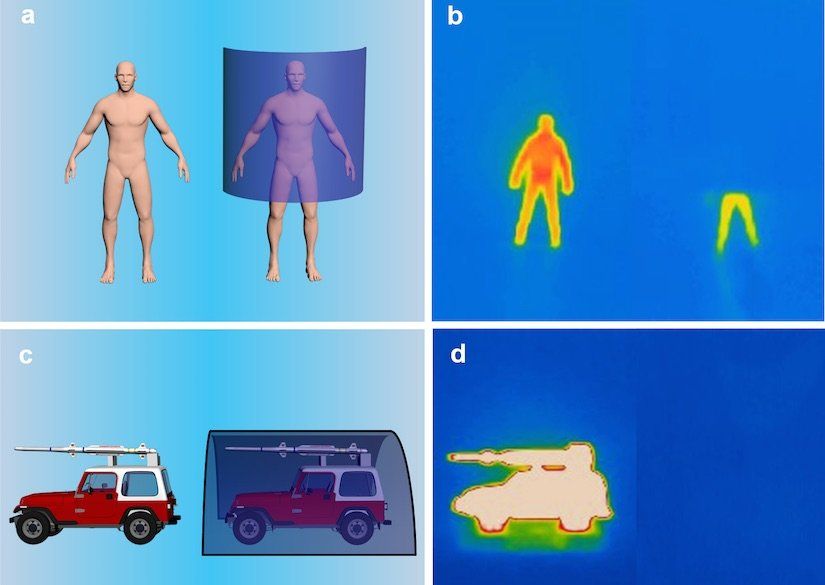An international team of astronomers have made the most precise test of gravity outside our own solar system.
By combining data taken with NASA’s Hubble Space Telescope and the European Southern Observatory’s Very Large Telescope, their results show that gravity in this galaxy behaves as predicted by Albert Einstein’s general theory of relativity, confirming the theory’s validity on galactic scales.
In 1915 Albert Einstein proposed his general theory of relativity (GR) to explain how gravity works. Since then GR has passed a series of high precision tests within the solar system, but there have been no precise tests of GR on large astronomical scales.

















